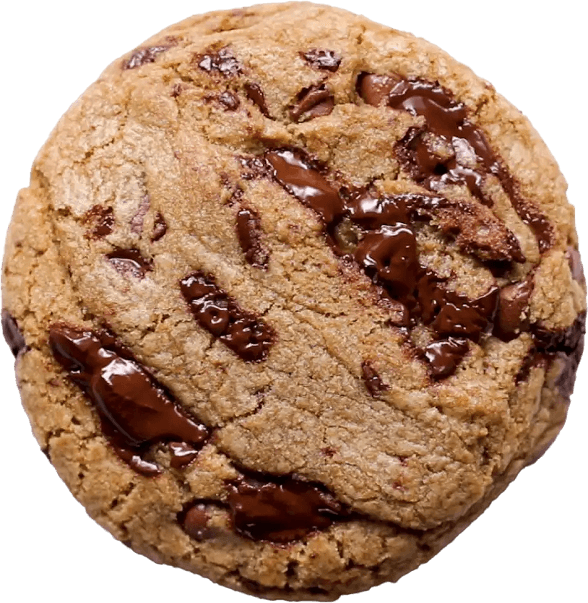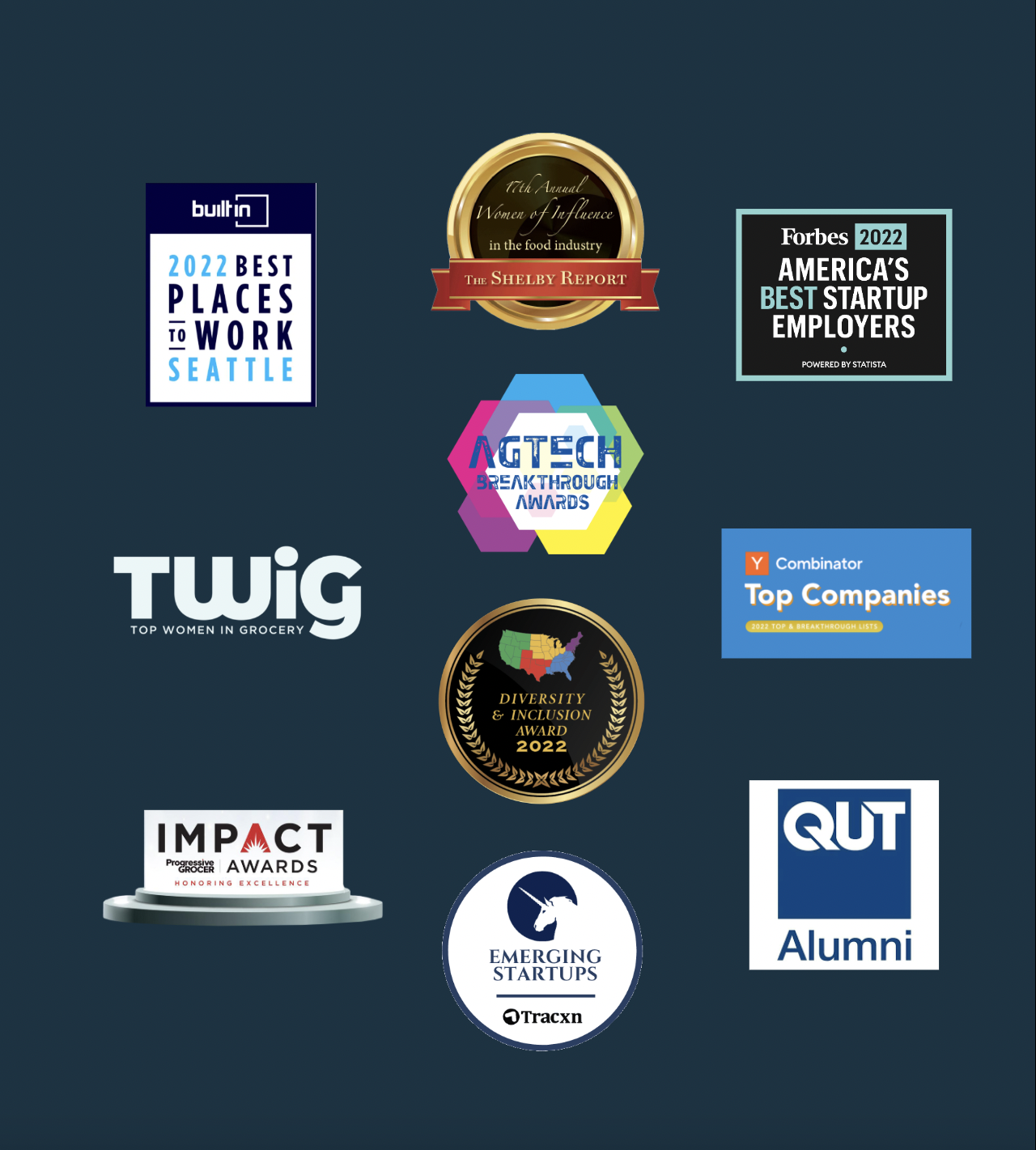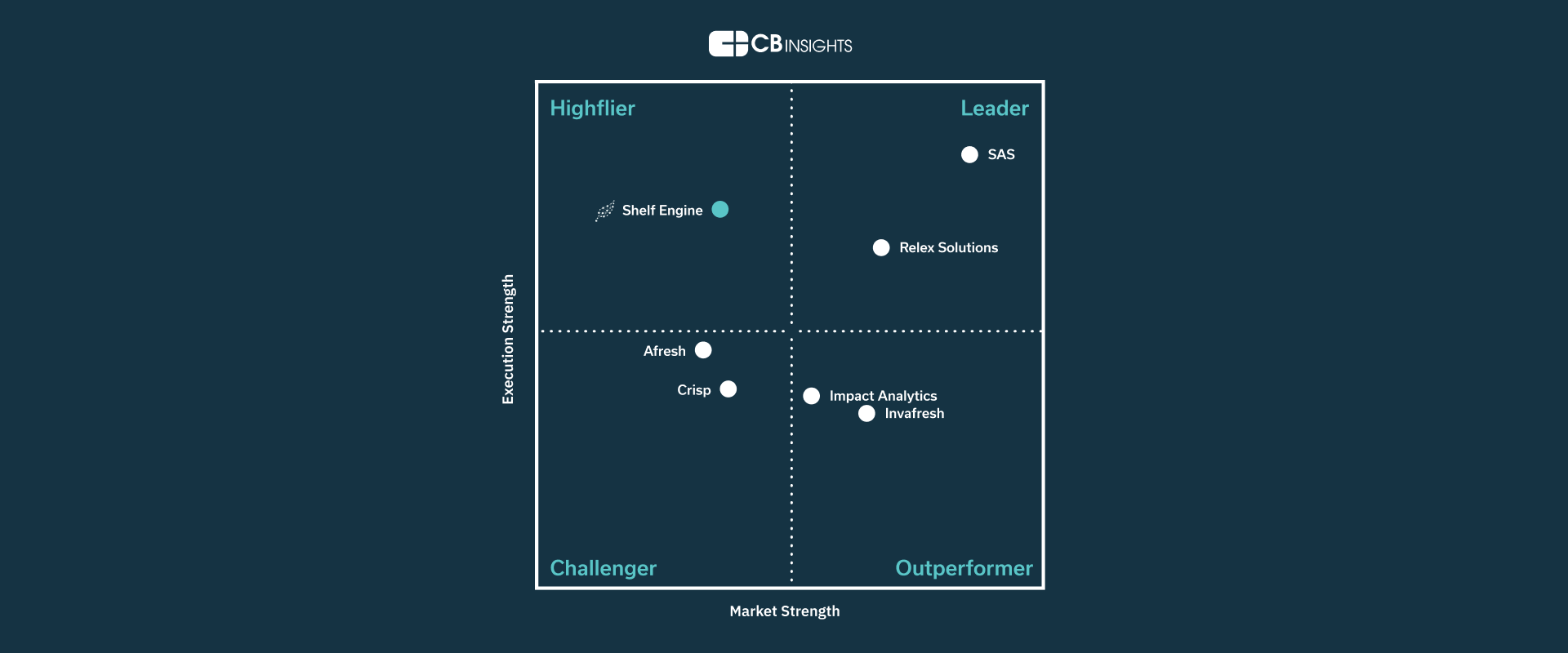This website uses cookies so that we can provide you with the best user experience possible. Cookie information is stored in your browser and performs functions such as recognising you when you return to our website and helping our team to understand which sections of the website you find most interesting and useful.
The Simple Supply Chain Fix Grocers Must Make to Improve Customer Satisfaction
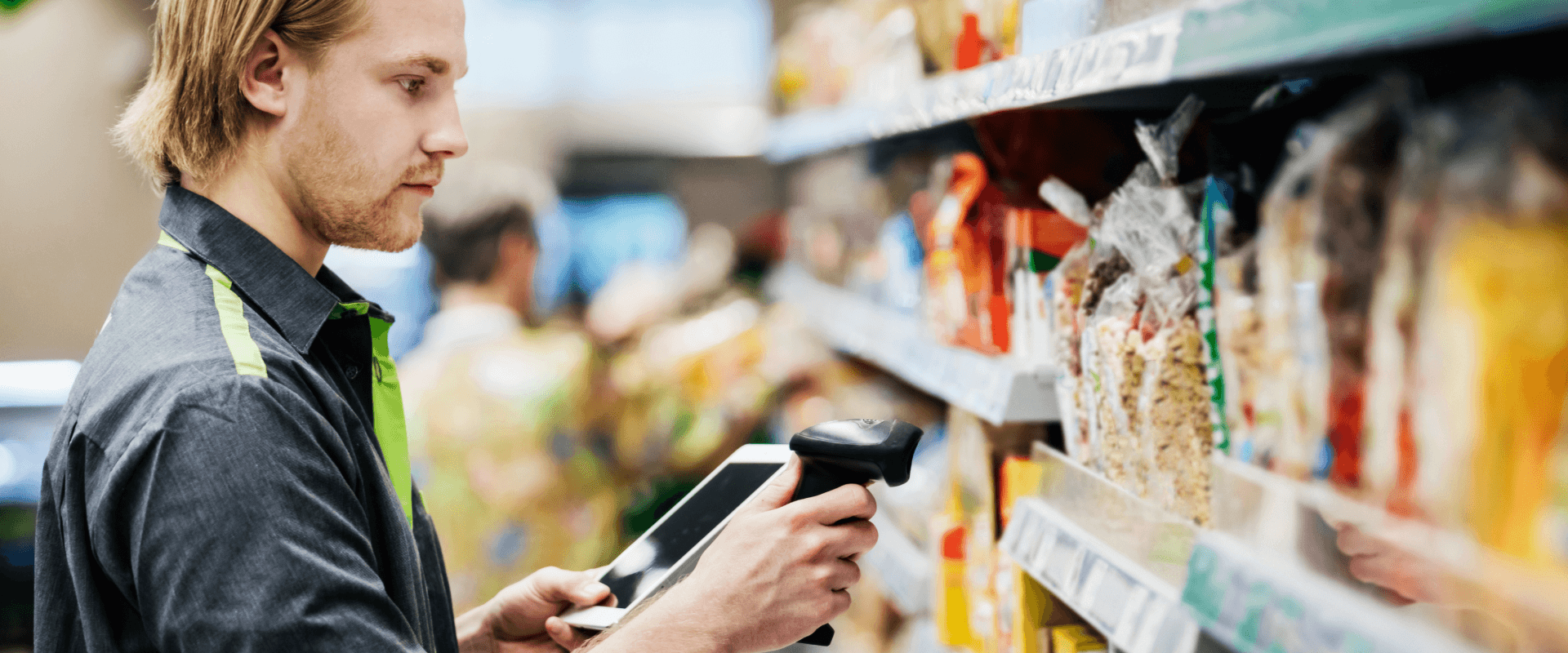
For grocery buyers, success is a fully-stocked shelf, a glistening fruit display, and a customer who finds her favorite deli salad for a weekend picnic. Experienced buyers know these perfect moments don’t come easy. They know that consistently stocking a diverse array of high-quality fresh foods that delight customers is rather the result of tremendous back-end labor and complex ordering procedures. But there is a simpler way to declutter broken systems and get a little closer to perfection in fresh food ordering processes.
While traditional Computer Assisted Ordering (CAO) tools were introduced more than a decade ago with the promise of retail disruption, they continue to fall short of enabling any real improvements in fresh food ordering processes, sales, or waste reduction.
Part of the problem is that to be successful, CAOs require accurate master data, including delivery times for certain products, product sizes, assortments, order minimums, and supplier details. Any errors embedded in the system can result in breakdowns somewhere along the ordering cycle, leading to more manual work (and less time) for buyers. This and other flaws in CAOs (such as immature forecasting and cumbersome technology roll-outs) and other forecasting solutions have stunted the benefits technology can deliver to grocers.
As an alternative to CAOs, a centralized ordering model allows grocers to transfer all of their fresh and perishable buying to a single supply chain solution provider that predicts demand and inventory with precision and automates the ideal order. What’s more, executives can configure performance targets across a broad set of stores and/or categories or focus on specific SKUs, all from an easy-to-use control center.
If this sounds too good to be true, it’s not. At Shelf Engine, we deliver the benefits of this system to our grocery partners thanks to our powerful AI-powered technology. Our platform ingests inventory data daily and overlays what is actually happening in the store with machine learning and probabilistic models that generate highly accurate orders.
The system submits POs directly to vendors and provides supply chain auditing across stores and vendors on fill rates, shelf lives and in-store operations, and merchandising. No new hardware, long-term licensing agreements, or complex system changes are required. Grocers don’t have to worry about complicated processes, and because there’s nothing to install or physically deploy, employees can invest all their time and energy into creating an amazing customer experience.
Analysis of this model has shown that most grocers using CAOs and one-dimensional forecasting software consistently waste upwards of 20-30% of their fresh food inventory. In contrast, stores that have embraced transformation, with advanced demand forecasting and order automation, have significantly reduced waste and increased sales by up to 60% for fresh food categories.
Fresh departments provide opportunities for customer delight at every turn. It is possible to transform your produce, deli, bakery, and dairy departments with fresh technology and business models that increase sales and margins, reduce labor operating expenses, and enhance customer value.
What to learn more? Read The Grocer’s Guide to Growth to learn the three key levers to delight shoppers, optimize operations, and win market share.
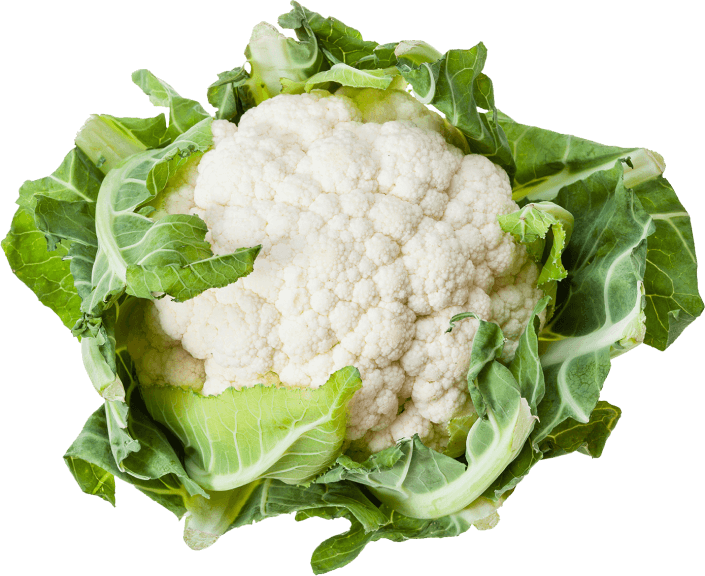
Fresh, delivered.
from the Shelf Engine team.
By providing your email, you agree to the Shelf Engine Privacy Policy.

